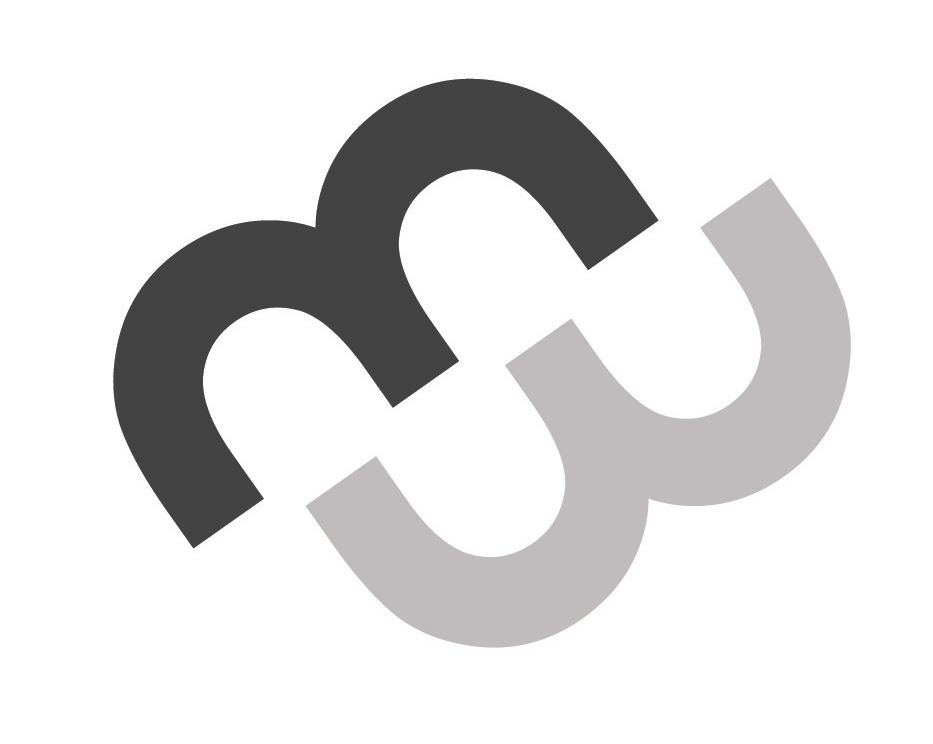As I posted before, I’ve really gotten into audiobooks…and I think this is a transition for me that is here to stay. I’m going through books faster than I ever have before and feel like I’m retaining as much or more than I do when I read.
I’m listening to the unabridged version (I always try to get unabridged versions) of How We Decide by Jonah Lehrer. This is a fascinating book that came out within in early 2009 about the psychological and neurological underpinnings of decision-making. I could go on and on about all of the enlightening research findings contained in this book, but one research finding that I’d like to share is based on the work of Dr. Mark Jung-Beeman. As reviewed by Lehrer, Dr. Jung-Beeman found that people in a positive mood solved 20% more word puzzles than people in a negative mood. Happier people are better problem solvers than unhappy people. Dr. Jung-Beeman speculates that this is because the resources of the prefrontal cortex, which is involved in our higher level thinking and creative problem-solving, are not being diverted to think about why we are unhappy. Our full cognitive resources can be brought to bear on the problem at hand, which results in more positive outcomes.
So, if you are in a negative mood and you have some complex work in front of you that requires higher level thinking and creativity, it might be best to engage in some activities to elevate your mood before tackling such challenges. We only have so much attention to give, so we want to ensure, to the best of our ability, that they are used effectively.
When you reflect on your own life, you can see how this makes a lot of sense. So, when you are in a funk, look for ways to elevate your mood so that you can get those creative juices flowing again. Since there are sound, scientific reasons to do this, you can justify such “diversions” as strategies to help you be more creative and a better problem-solver!
